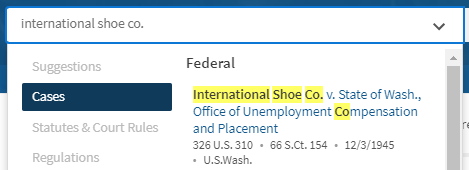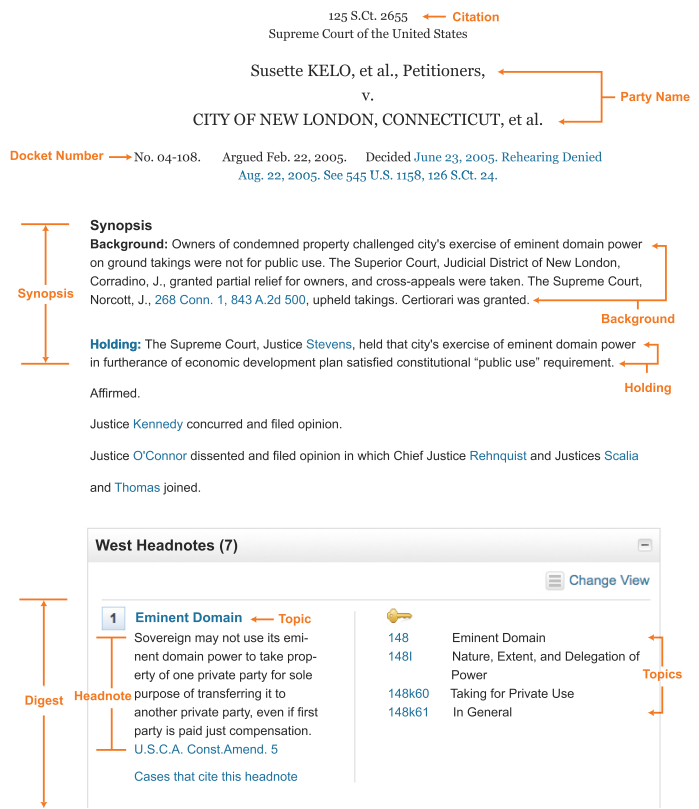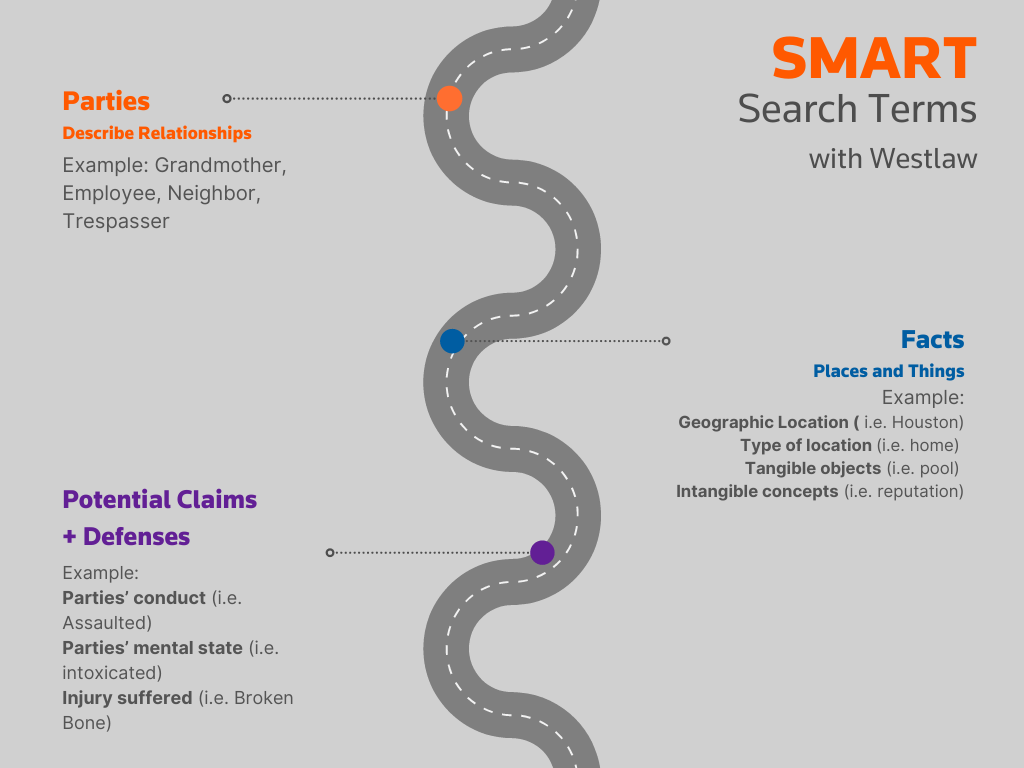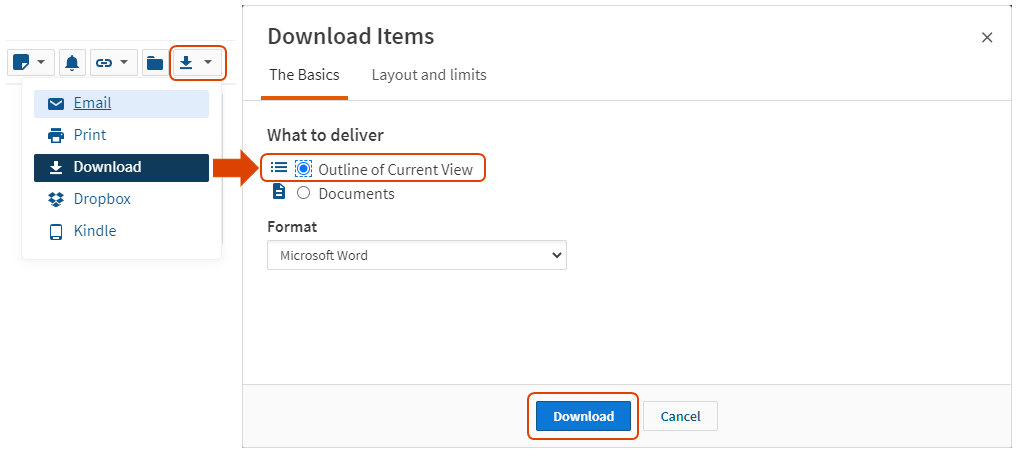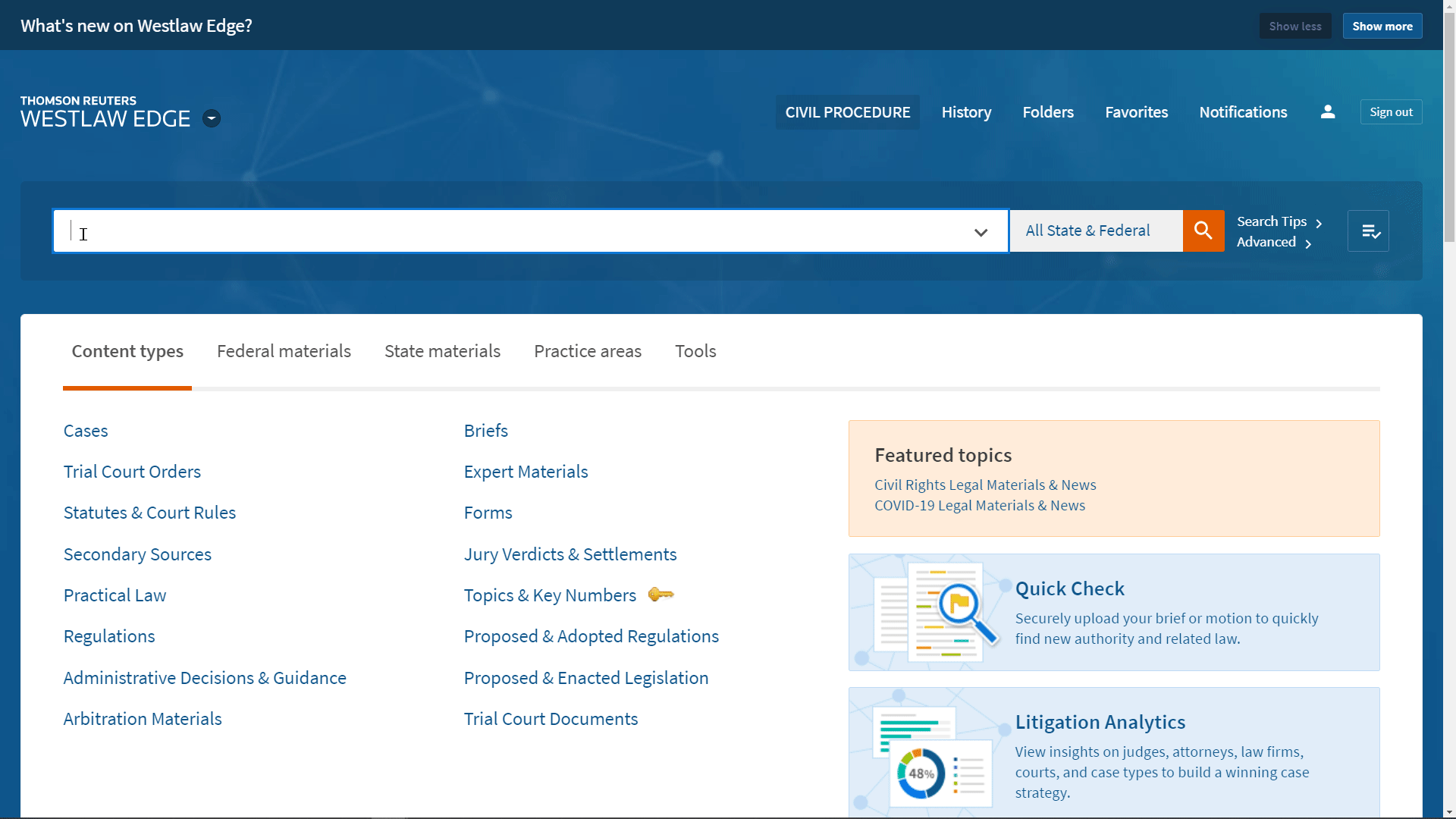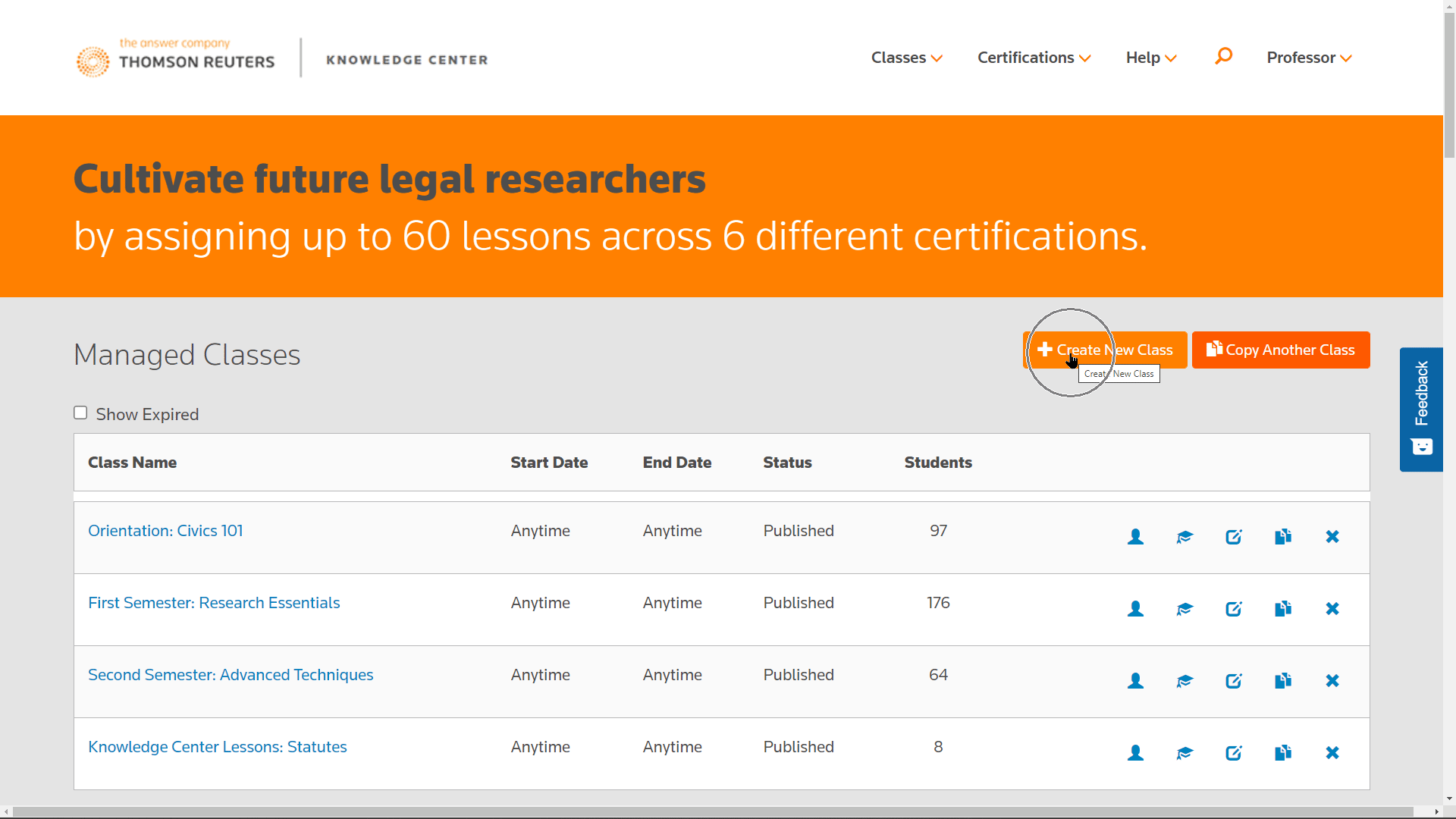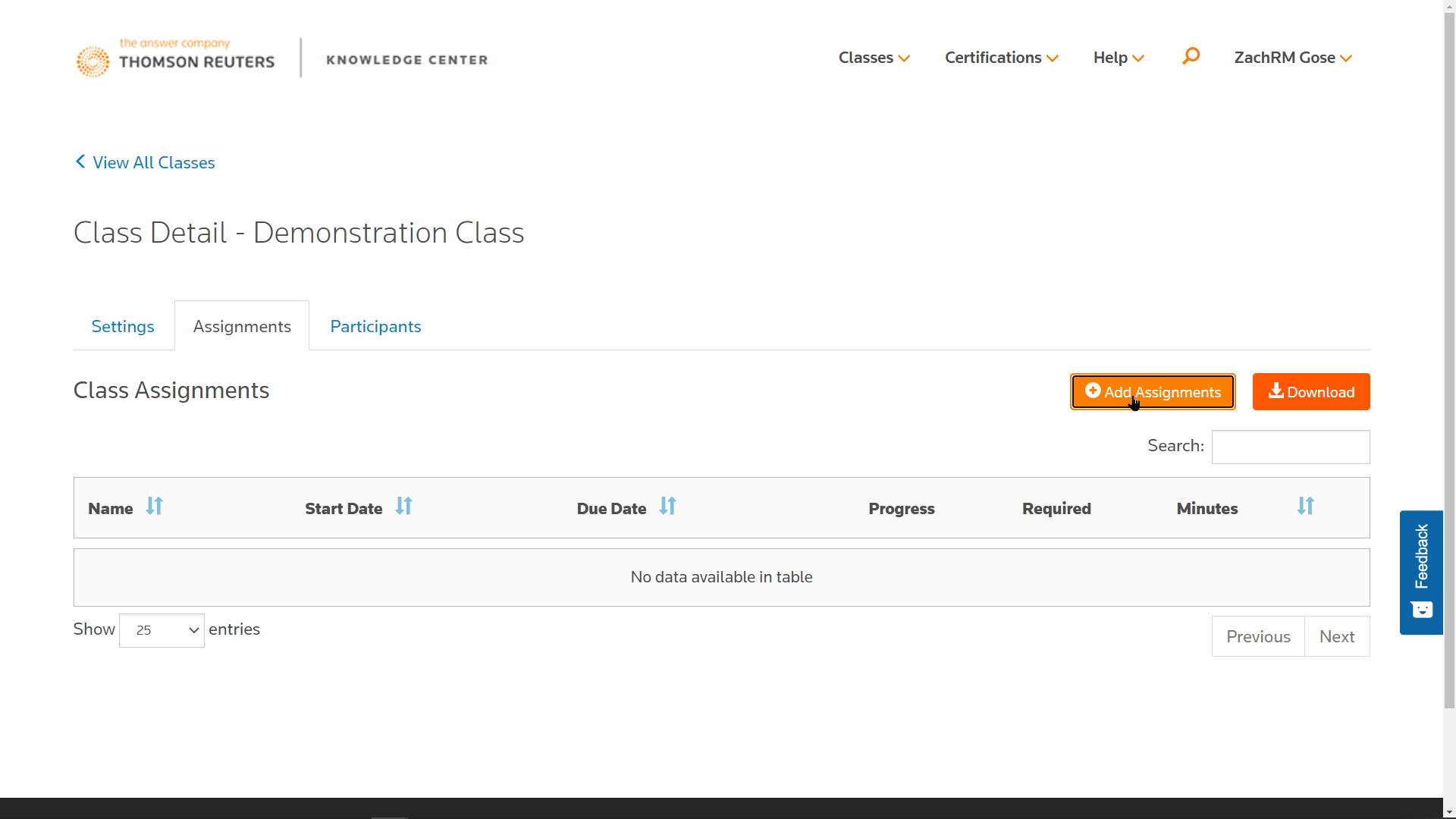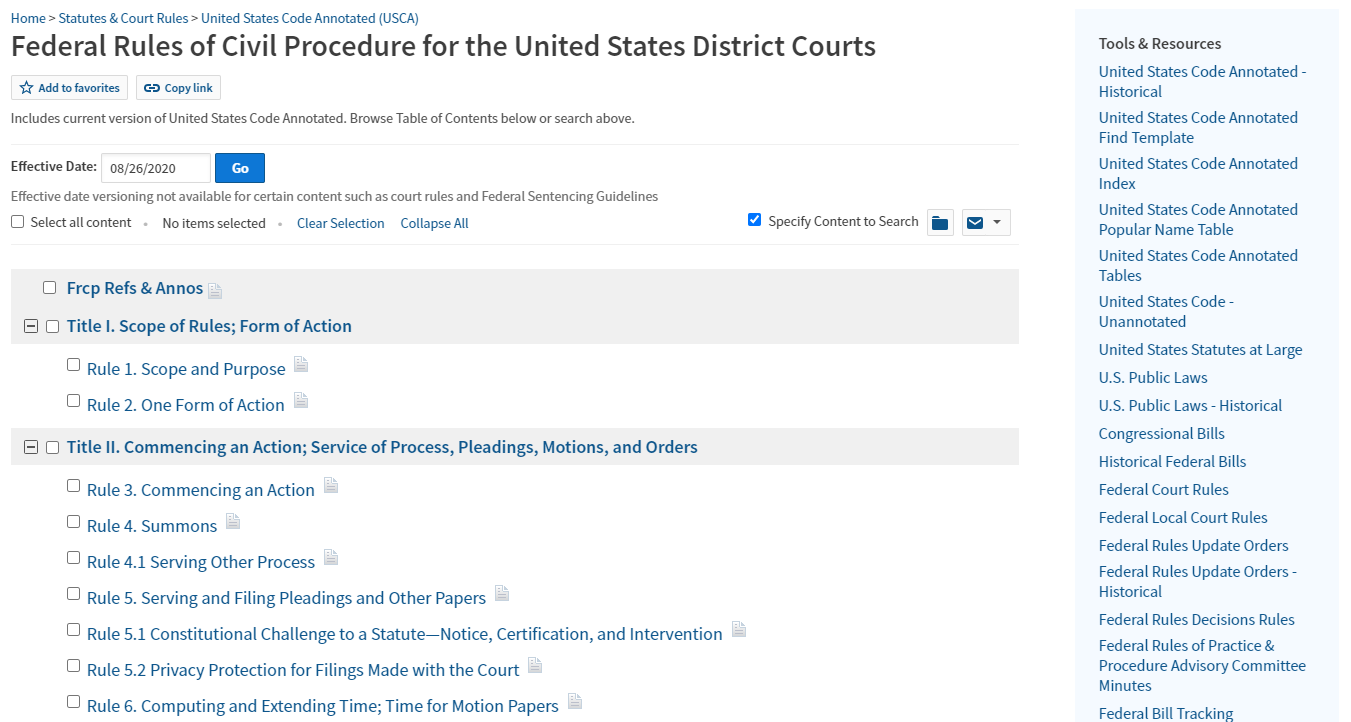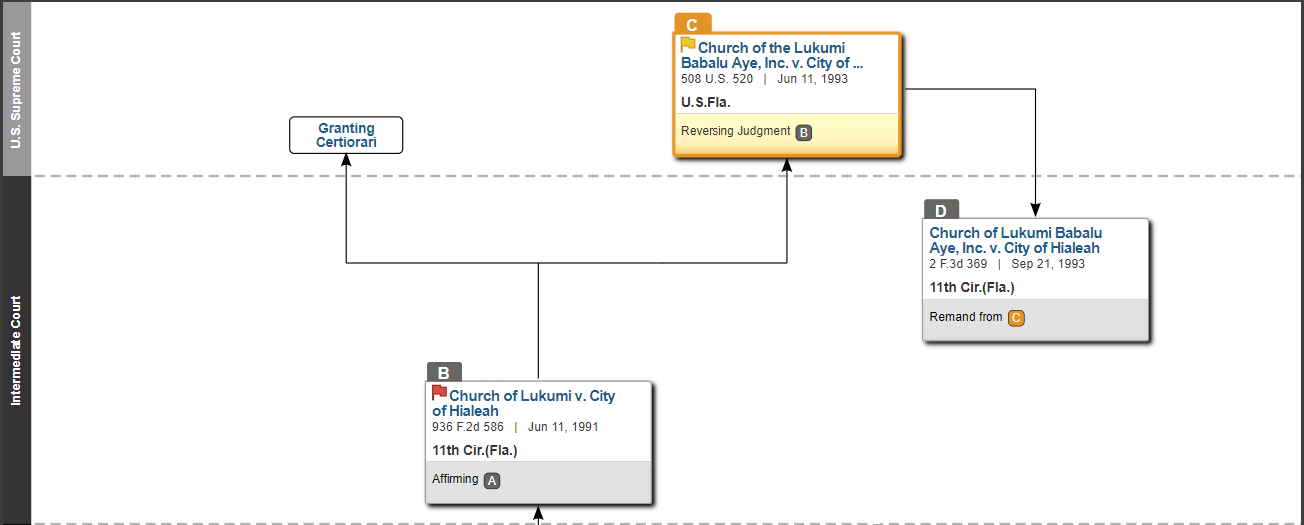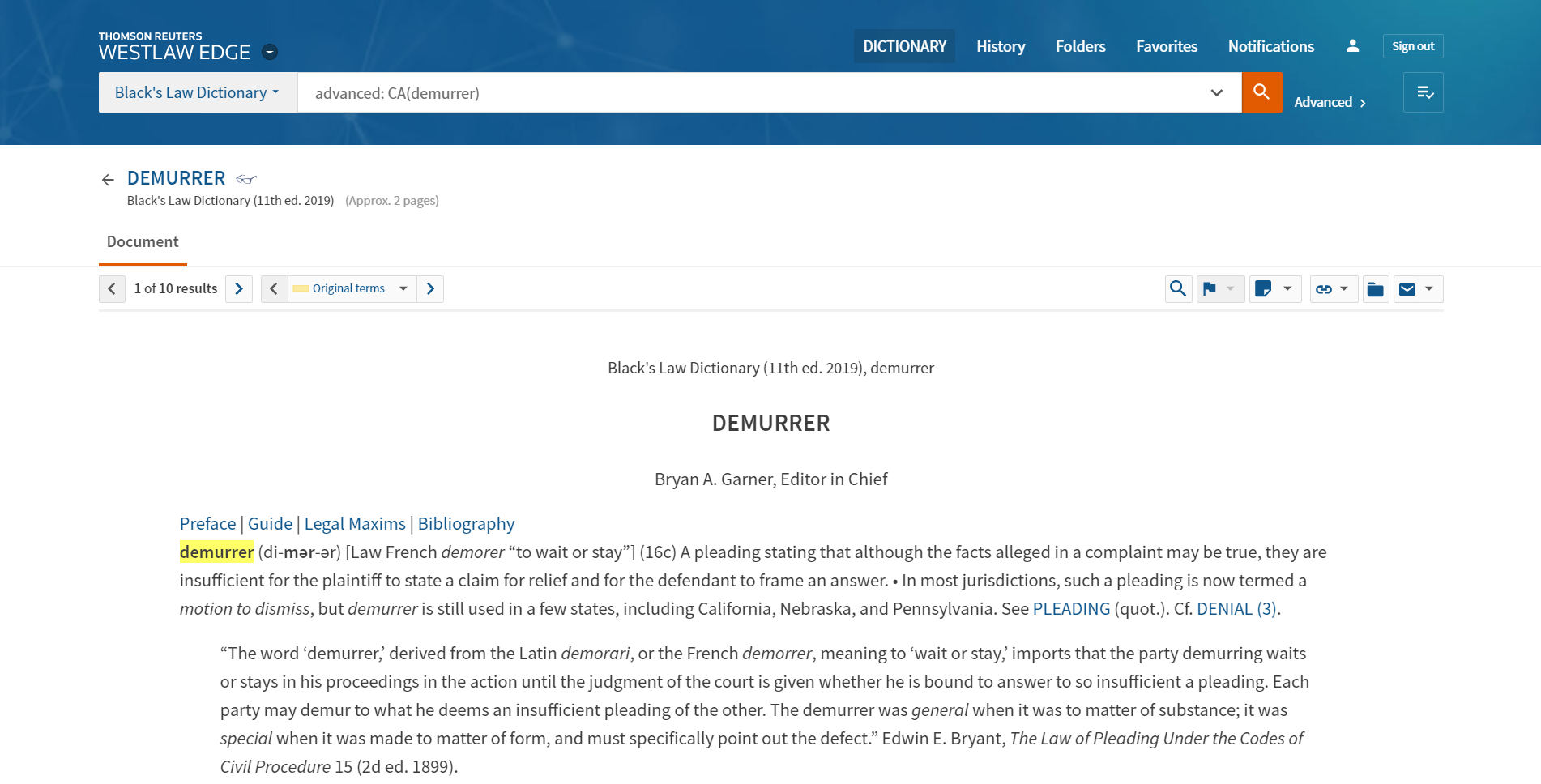All you need is an on-point statute to launch your research. Let's help you find it!
A great place to start with a brief problem is going to be either state or federal laws. For this, start with statutes.
1. Click on Statutes - Choose Your State or Federal Code
2. Type in Basic Search Terms – Think Facts + Law + Issue
3. Choose Relevant Statute
4. Is My Statute Changing? Go to History to see Proposed Legislation and Legislative History
Note: Any proposed or accepted law changes that affect the law are listed here!

ADDITIONAL RESOURCES
In Westlaw
Secondary Source
Learn About Appellate Briefs
Federal Standards of Review
Or you can start with a case!
1. Click on Cases - Choose Your State or Federal Jurisdiction
2. Type in Basic Search Terms – Think Facts + Law + Issue
3. Use Filters or Search Within Feature to Narrow Results
4. Select an on-point case
4. Is My Authority Good Law? Go to the Negative Treatment tab to see!
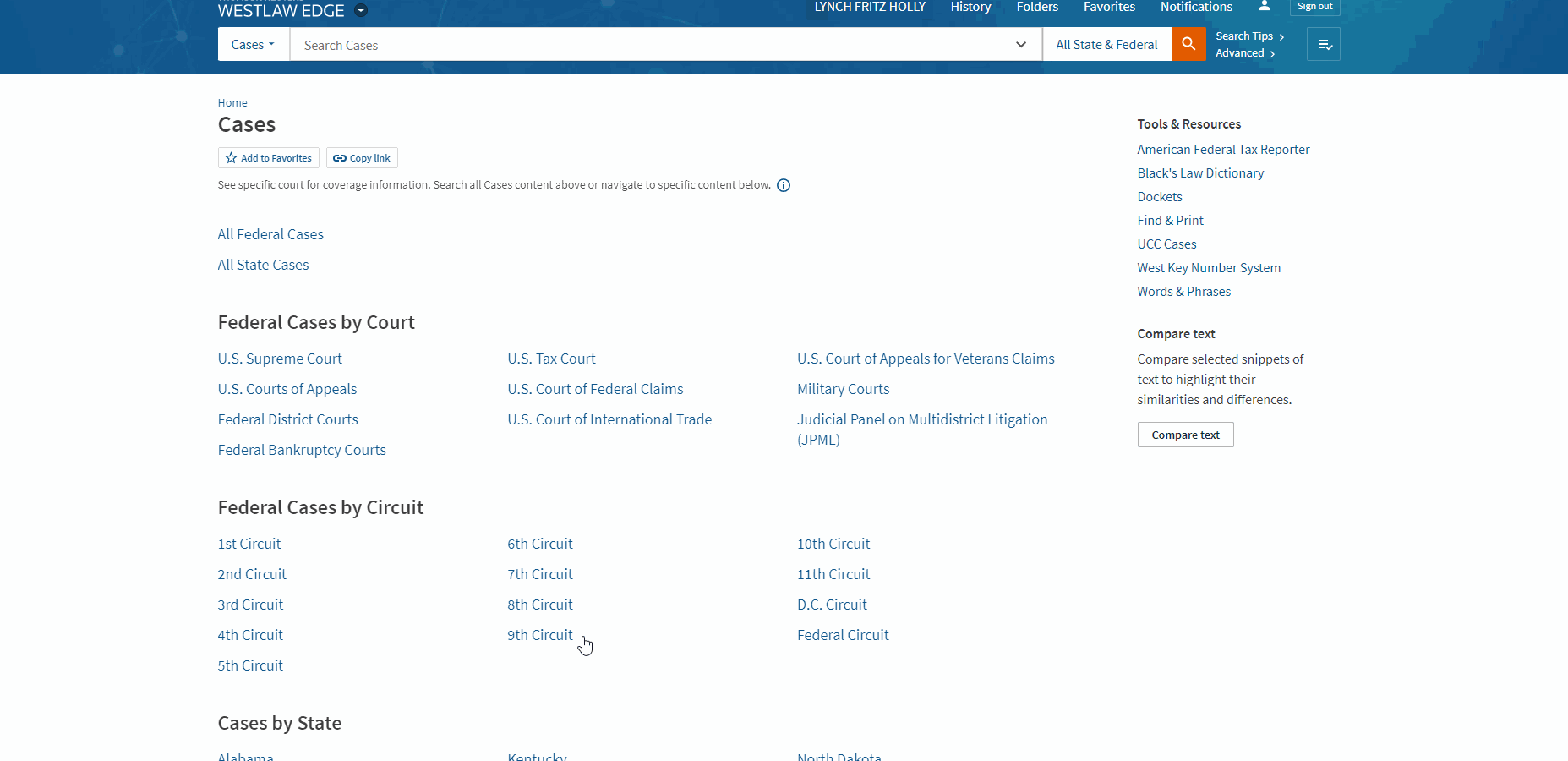
ADDITIONAL RESOURCES
You'll need more than one source. Quickly expand your research!
Once you have your launching pad for your research, leverage Westlaw features to easily expand your research.
For cases , you can use the Key Numbers to find additional headnotes from any jurisdiction on the same issue.
Simply click on the text to left of any linked Key Number and it will build a list for you of similar cases...SO EASY!!
Hot Tip: Sort by "Most Cited" to list the leading cases first
For statutes , you can review the Notes of Decisions tab at the top of the statute to find headnotes that apply and cases interpret your statute. You can also review helpful secondary sources under Context and Analysis for additional understanding and discussion.
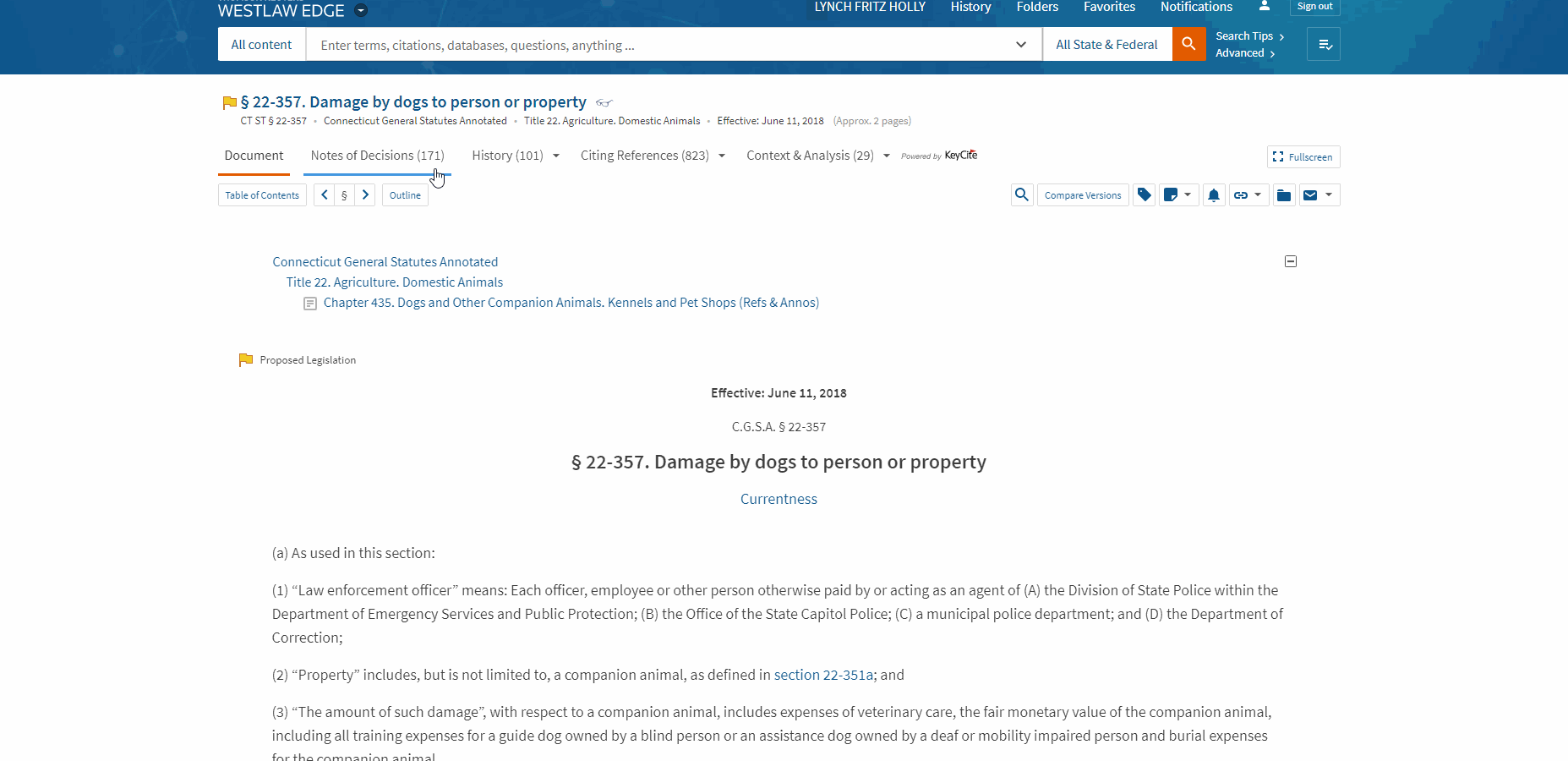
ADDITIONAL RESOURCES
A great place to start with a brief problem is going to be a either state or federal laws. For this start with statutes.
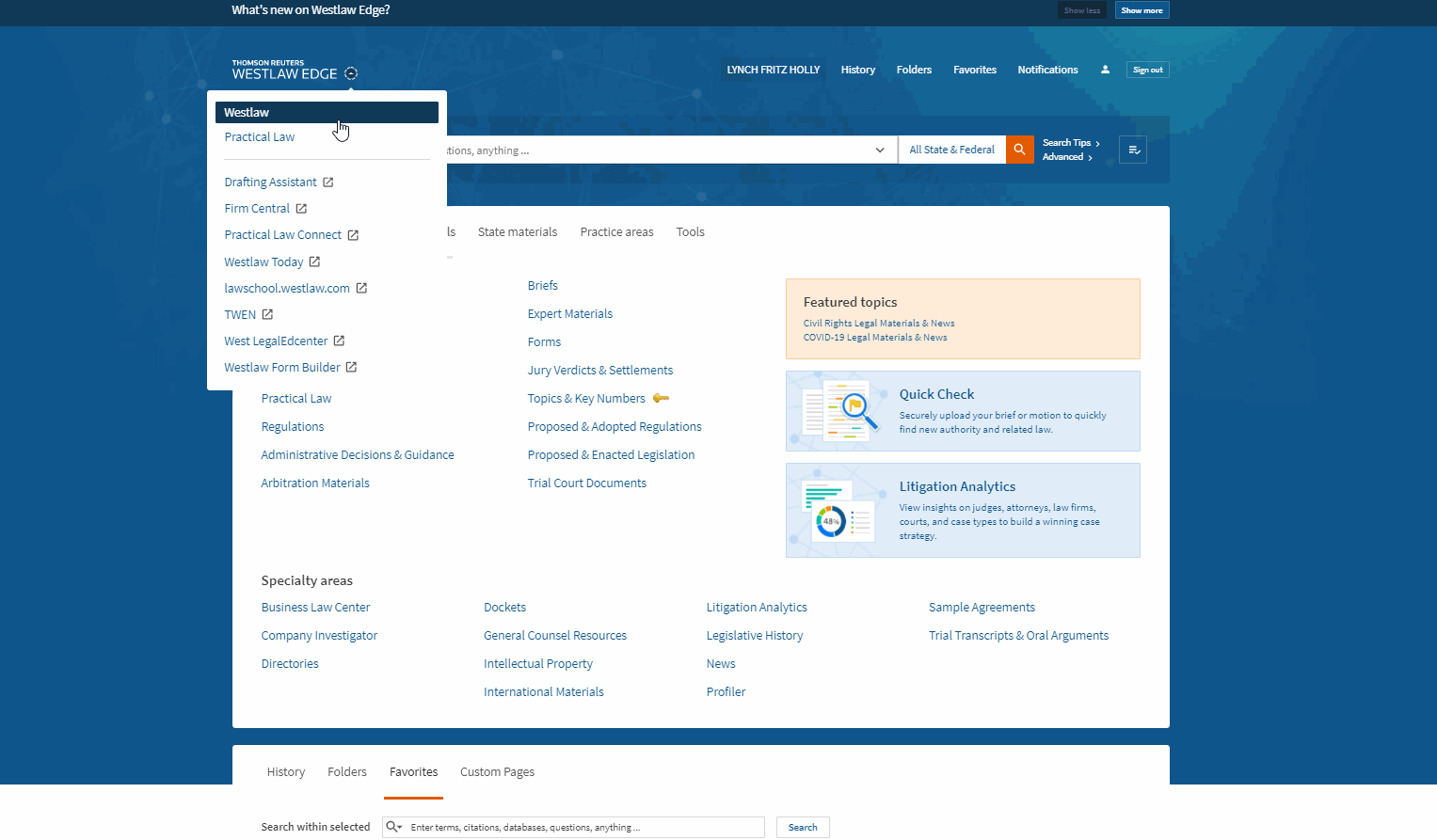
ADDITIONAL RESOURCES
Do you know your standard of review?
Tricky ● Finding a Standard of Review
Trickier ● Finding the Correct Standard of Review
Trickiest ● Writing Your Standard of Review Section
Step #3: CHECK YOUR WORK
Step #3: Check Your Work
FOMA: Fear of Missing Authority
With the click of a button,you can get rid of that nervous feeling that you might have missed something...even after hours and hours of research.

I use Quick Check for my own briefs, to give me peace of mind that I didn't miss something or that at the very least I had looked at it and made a determination. That helps me sleep at night.
Learn to Use Quick Check in Two Steps

















